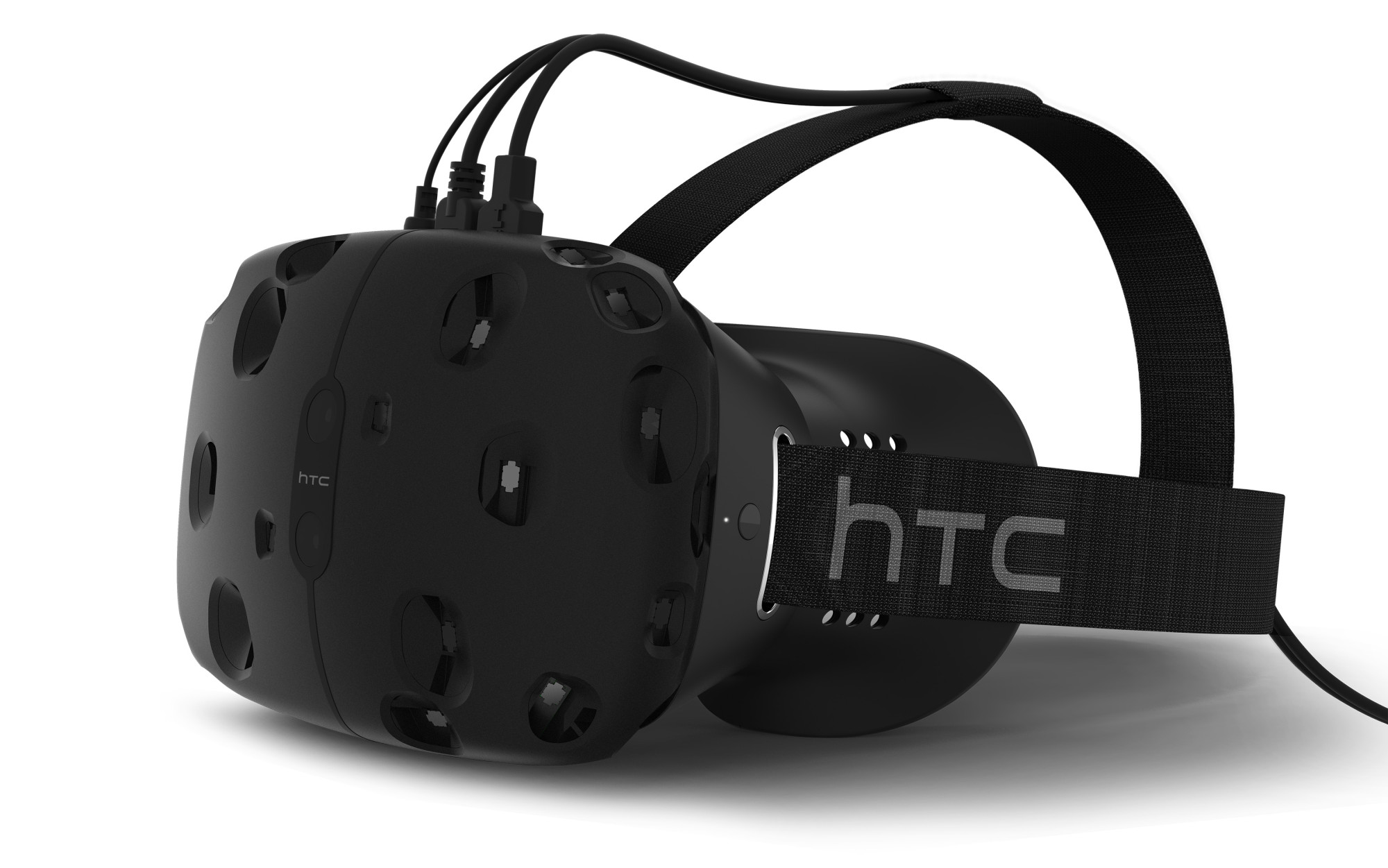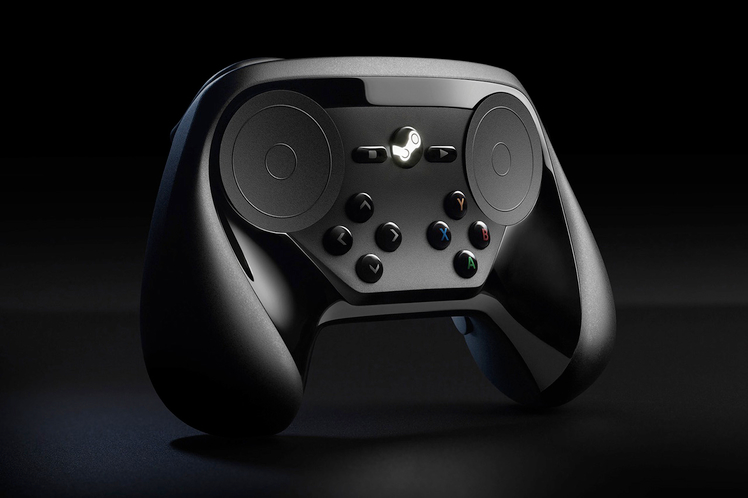
There’s a faint smell of grass in the air. A few streets over, someone is whacking some weeds, and the motor rattles the stillness. But you’re not thinking about these things: a prisoner has escaped from a truck during a routine transfer, and you’ve been assigned to look for him. Your gun shimmers in the warm mid-morning sun, and a rivulet of sweat drops to the ground. You’re nervous, excited. Expectant.
That quivering in your stomach is real, but you’re walking around a room with a headset that’s connected to a computer and strapped to your face. You’re using the HTC Vive, a virtual reality headset designed and built in collaboration with Valve, the leading purveyor of games online, and creator of some of the most popular titles of all time.
“VR is the next big thing,” said Cher Wang, HTC’s Chairwoman. While Valve has already announced its SteamVR platform, which will be open to new and existing developers and hardware manufacturers, HTC is the first OEM to announce a headset for the platform. We don’t know the specifications, nor its price as the company plans to talk more about it at GDC this week and press demos will begin shortly thereafter.
HTC plans to release the Vive in a Developer Edition this Spring with a public release this holiday — sometime before Christmas, most likely.
The Taiwanese manufacturer says it is pretty excited about the prospect of moving into VR. Vive supports 360-degree head tracking, like the Oculus Rift, and moves beyond the seated position with a “room scale experience.” While we don’t know the means right now, Vive can map a room and determine a finite space with which to create an artificial world, allowing users to walk around and interact with objects within the confines of that area. Gaming will be a big part of the Vive experience, but not the whole thing.

HTC will be working with film distributor Lionsgate Entertainment, as well as HBO, Google and a number of gaming and design firms to offer content outside the SteamVR network.
The company plans to offer a wireless controller, sold in pairs, similar to those seen in early Steam Machine models. HTC’s intention is to make the controller as simple as possible to use, and not limit its use to just gaming. To that end, the controller will also be used for interfacing with its proprietary HTC Content Platform.
Valve representative Chad Faliszek told us that like other VR experiences, content would need to be created specifically, or precisely remastered, for SteamVR, as current software doesn’t translate properly to the headset experience.
HTC claims that the Vive is yet another notch in its lessening reliance on its diminishing and tremulous smartphone division which, while still the company’s major revenue earner, has suffered in recent years. Coming under the RE branding, Vive will be a core tenet in HTC’s 2015 strategy, with gaming becoming an increasingly lucrative prospect for companies being squeezed by low hardware margins.
HTC and Valve plan to work together to court creators and creatives with the Vive Developer Edition, and while other companies, like Oculus and Markham’s own Sulon, are doing gaming-based VR, it’s truly thrilling to see HTC finally move into a space with a bit more freedom — both literally and metaphorically — in which to move around.
MobileSyrup may earn a commission from purchases made via our links, which helps fund the journalism we provide free on our website. These links do not influence our editorial content. Support us here.


